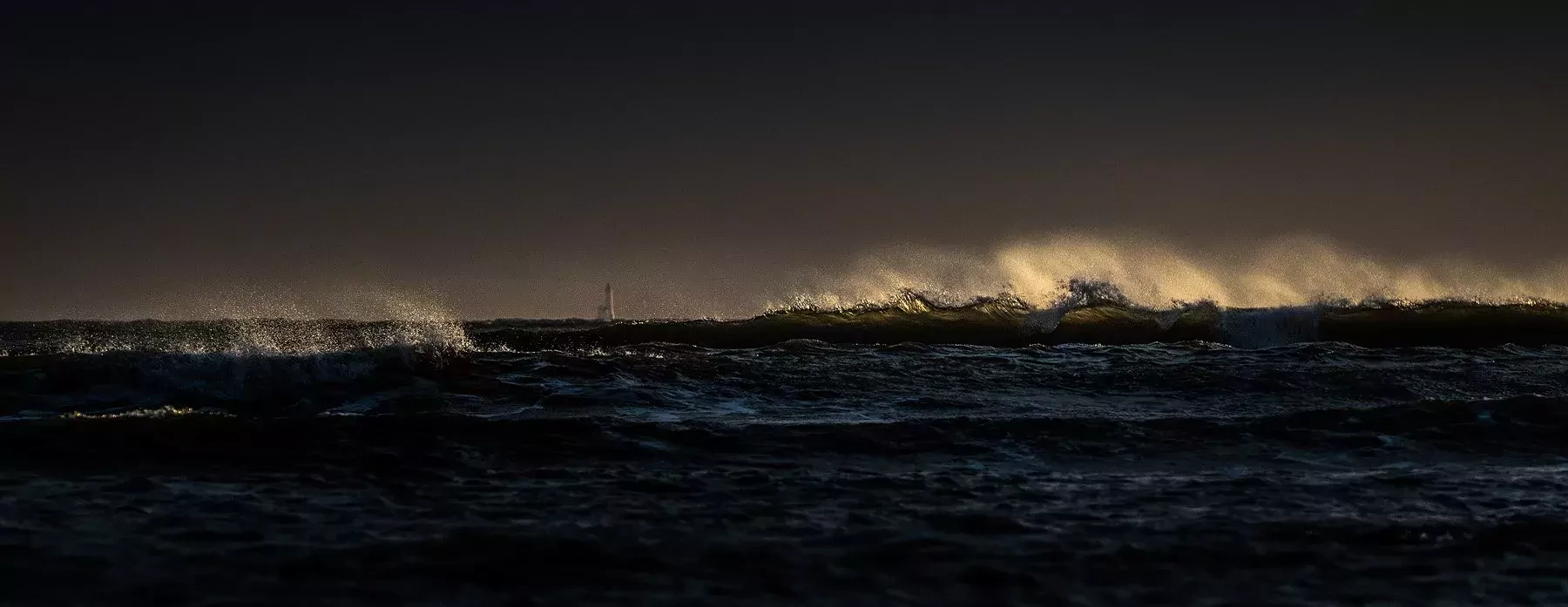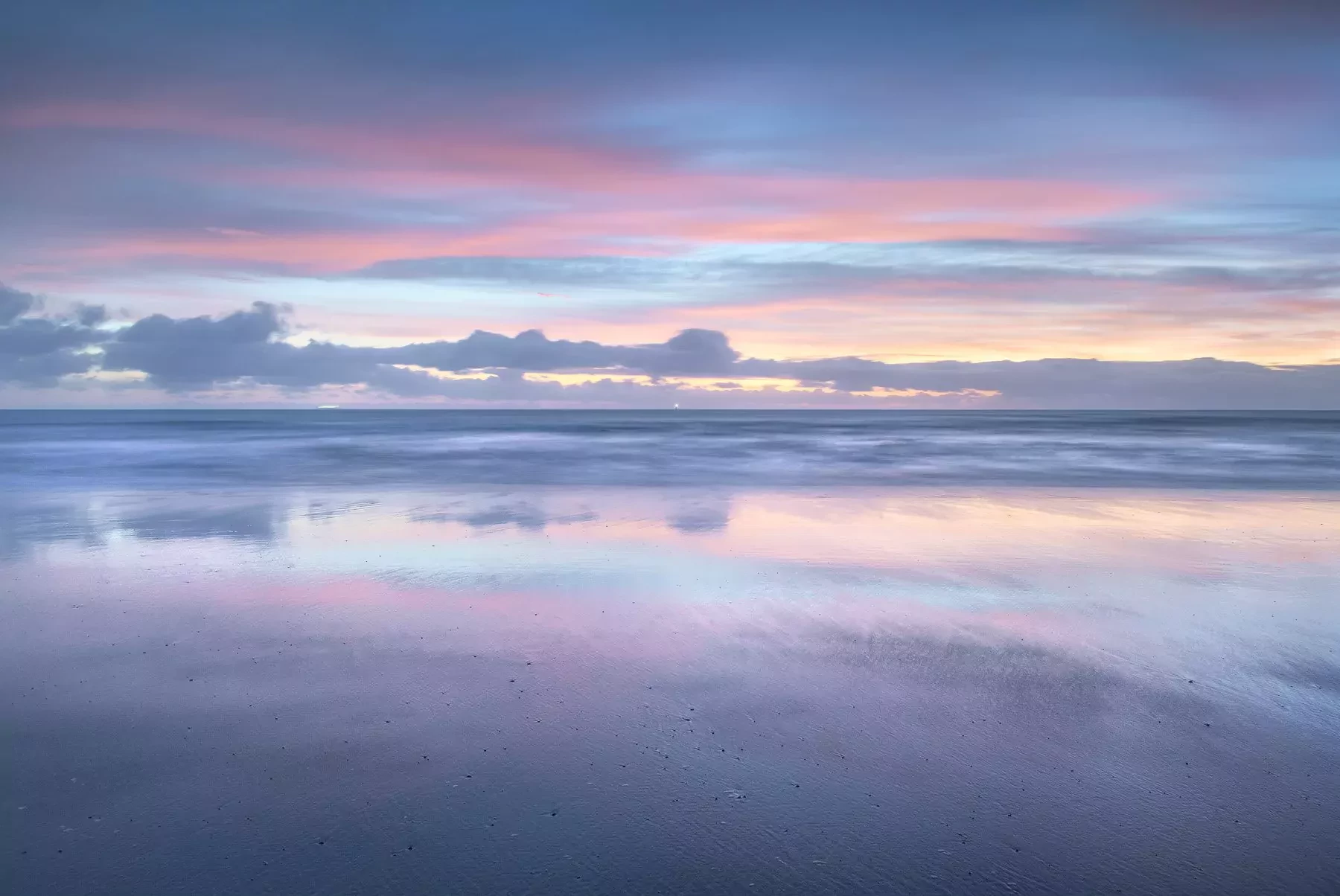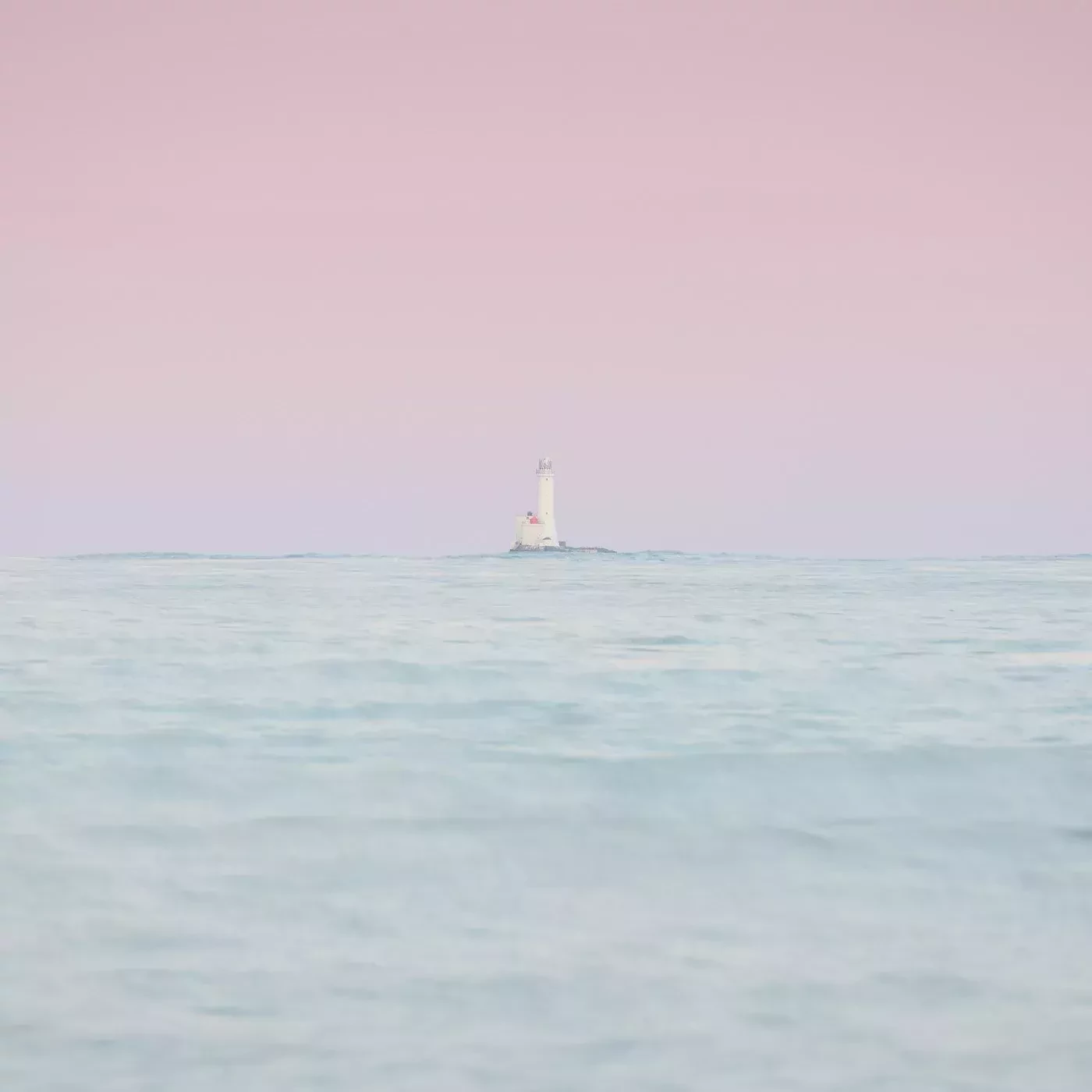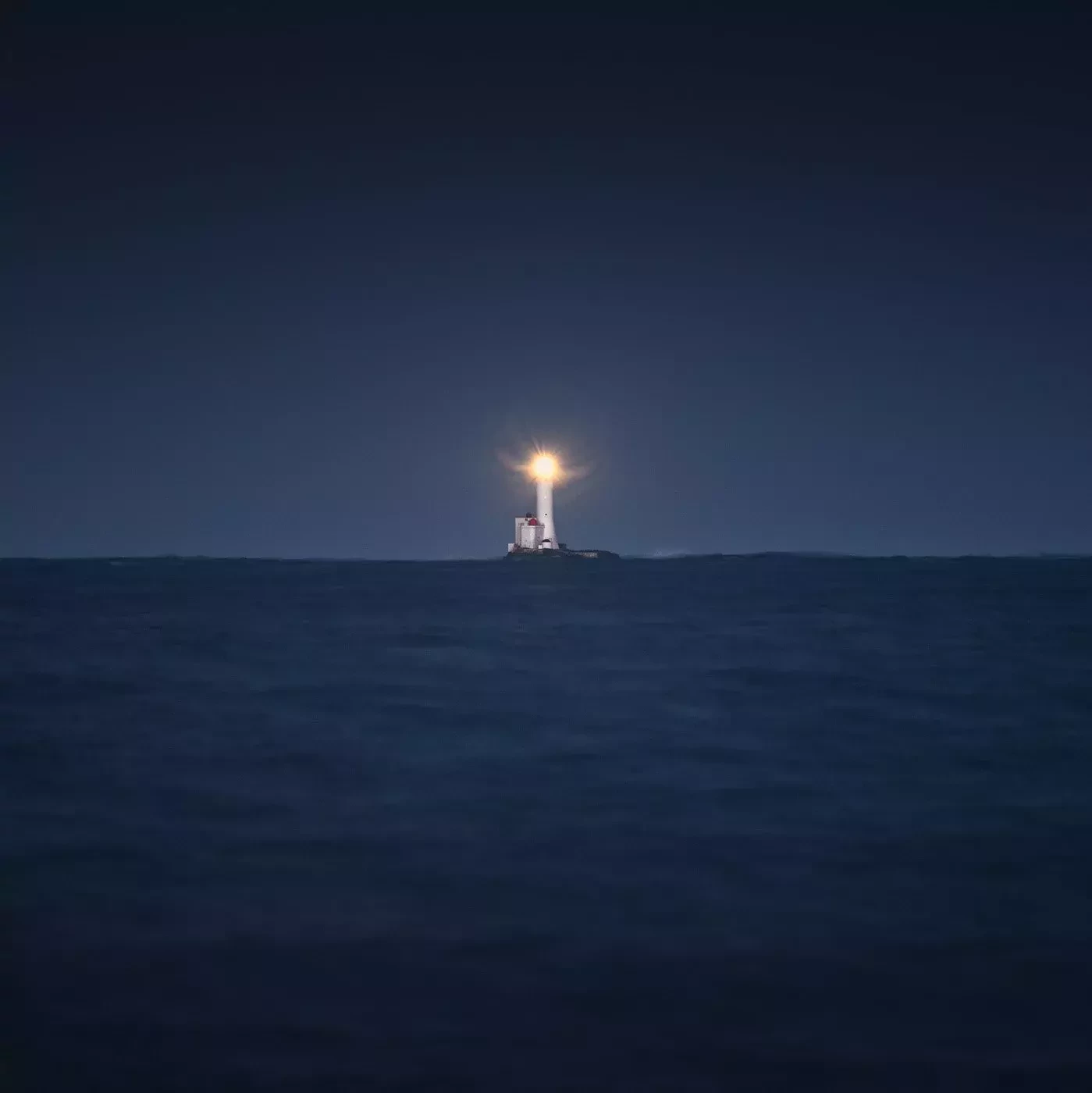Tuskar Lighthouse – New Images – Tips Lightroom/Photoshop
Tuskar Lighthouse is always on the horizon from the South Eastern tip of Ireland. I spent so much of my childhood in this part of Ireland that its shape is forever ingrained in my mind. I’ve travelled all over the world with my photography but still, there’s nowhere quite like Wexford for me. It’s nostalgia, time spent on these beaches as a child, fishing, exploring the rockpools and as time went by getting up to no good:)
Last year when I was asked by a family member to capture some images for a print of Tuskar I was more than delighted. The imagery below was captured over two shoots. The first 3 during a sunrise where the light changed dramatically from moment to moment. The squarer images down the blog were shot over a sunset. Lots of descriptive text below with camera settings plus some Photoshop and Lightroom analysis. Hope you enjoy this lovely stretch of the world as much as I do.

Tuskar in the distance somewhere near Carne beach. The warm glow really catches the white water at the tip of these waves.
In-Camera Tech Talk: Nikon d850, 70 – 200 lens, shot at 200mm, Lee filters. 9 soft grad. F5.6 at 1/1600, ISO 500
The morning was wild and there were waves crashing in all directions. Tuskar however is 11km offshore so connecting the energy of the waves and the lighthouse required a bit more thought. I decided to get into the water and shoot this image handheld. Once I was waist deep I held the camera just millimetres above the sea to shift the perspective of the wave height and hopefully connect the wild morning swell more cohesively with the ever-present rock on the horizon. I cranked the ISO and opened the aperture to make sure I got a really quick shutter speed to freeze the motion of the sea and keep the image sharp.
Lightroom/Photoshop Talk
The image was processed in Lightroom. Nothing too complicated here just some key decisions around directionality. I wanted the light on the tips of the wave to really stand out so I just added a graduated filter top and bottom to bring the darkness and used my brush tool with some clarity to pop the contrast of the turning wave.

Tuskar in monochrome. Well nearly. Pattern after pattern and the constant horizon.
In-Camera Tech Talk: Nikon d850, 70 – 200 lens, shot at 200mm, Lee filters. 9 soft grad. 3 Stop ND, F9 at 2 seconds, ISO 125
There was a great pattern of rolling waves in the foreground on the beach near Carne. Shutter speed is everything when you’re photographing the sea and it’s important to understand the implications of your shutter speed choice. Do I want the water super sharp and powerful? Totally flat and ethereal. Once you know what you want to achieve you then need the technical skills around the aperture, ISO, and crucially filters to get the right result. In this image for example I wanted the waves to blur but also for some texture to remain. Hence I used a 3 stop Lee ND rather than a 6 or 10 for example.
Lightroom/Photoshop Talk
I actually processed this image in black and white to help me see the tonality I wanted. Once this was done I converted the image back to colour but didn’t allow all the colour to seep back in. Black and white processing with a wee hint of colour.

The light was so blisteringly bright before dawn I nearly crashed the car scrambling down a old rickety lane in Wexford trying to get this shot. I was also delighted to see perfectly clean sand reflecting the perfect dawn. The beaches change so much in this part of the world from storm to storm. In the distance, you can make out an outline of Tuskar Lighthouse. Barley visible but ever-present.
In-Camera Tech Talk: Nikon d850, 24 – 70 lens, shot at 29mm, Lee filters . 6 medium grad. F9 at 15 seconds, ISO 100
Im a great believer in getting close to the water’s edge when I’m shooting my seascapes. I love how the wet sand reflects the sky. Wet sand is the key hence a receding tide helps a lot (weather and post-processing course coming soon). I also like the simplicity of these types of compositions but a super clean beach needed. Just get close and let the light seep in. I used a 15 second exposure to blur the water but also keep a wee bit of texture. The image was captured nearly an hour before dawn so no ND’s needed to slow things down just my trusty .6 medium Lee grad to keep the sky in check.
Lightroom/Photoshop Talk
No major reconstruction needed in the processing. I did the edit in Adobe Camera RAW. The highlight in the sky was tricky to keep in check in camera which meant the exposure was a little dark. Some selective dodging and burning, white balance change, a wee bit of contrast, and a hint of vibrance.
Lightroom/Photoshop Course? New FREE Chapters, Sale PLUS New Bundle. Camera RAW and Lightroom!

A distant Tuskar on the horizon and a really really big 500mm lens to zoom in and capture the detail. The shape of the lighthouse resonates so strongly with me and brings me back to my childhood spending endless time on the beach at Carne.
In-Camera Tech Talk: Nikon d850, 200 – 500mm lens, shot at 500mm, Lee filters . 6 medium grad. F8 at 1/2 second, ISO 64
Im not a massive fan of clear days for landscape photography but there’s no question those pastels after the sun has set or before dawn can be so gentle and captivating. I’m going to be talking quite extensively about weather and image styles in an upcoming course so watch this space.
There was a hint of wind in play when I shot this frame so I removed my solid ND filters to shorten the exposure a wee bit keeping my grad ND in play to balance the sky. I wasn’t thinking about water texture at that moment, just sharpness, but in hindsight, I like the wee bit of texture from the 1/2 second exposure rather than my instinctual exposure of 30 seconds or more for a minimal shot like this. I had to make lots of images to get a genuinely sharp image. And still, I wouldn’t trust this past 30 inches print-wise. Plus Tuskar is 11km off the coast so detail is of course reduced by subject proximity. The 200 – 500 is an affordable lens for what it does and really gives me a great extra option in my tool kits. I don’t use it that often but when I do I’m always glad to have one.
Lightroom/Photoshop Talk
Post-processing wise there aren’t any crazy dynamic range issues with this shot. I’ve just added a wee bit of contrast to the overall image. I’ve also used my graduated filter in Lightroom to darken the sky a wee bit and adjust the white balance towards the magenta. I’ve left the high key tonality in play as I feel like it communicates those gentle pastels really nicely.

The sun was well faded as the swinging light of Tuskar Lighthouse on the horizon became visable. A pattern that I know so well.
In-Camera Tech Talk: Nikon d850, 200 – 500mm lens, shot at 500mm F5.6 at 2 seconds, ISO 250
I hung around long after sunset to capture the mix of warm and cool light after dusk. It’s like shooting commercial interiors from the exterior. There’s a moment in the blue hour where the warm and cool light has a similar luminance. I was struggling to keep these images sharp with even a light wind and the big lens mounted up. Hence I opened the aperture to 5.6 and cranked the ISO to 250 to get a quicker shutter speed of 2 seconds. I wasn’t thinking about water texture at that moment again, just sharpness, but in hindsight, I also like the wee bit of texture from the 2 second exposure here.
Lightroom/Photoshop Talk
This image didn’t require huge amounts of processing. The light was really balanced. The most important aspect of the processing was to make sure I got the tone of blue I liked with white balance. I also cloned in a wee bit of yellow in the main highlight of the lighthouse as it was burnt out. The lighthouse was sharpened selectively to avoid additional grain in other parts of the image. Some cropping and minor extension of the FG to make sure the horizons and perspective of the night shot and pastel image matched. I like the idea of them as a series hung together hence attention to detail in terms of horizons and the lighthouse size within the frame.
Why not stay in touch?
Sign up for our newsletter to stay updated with our latest images, workshops, and online courses.








